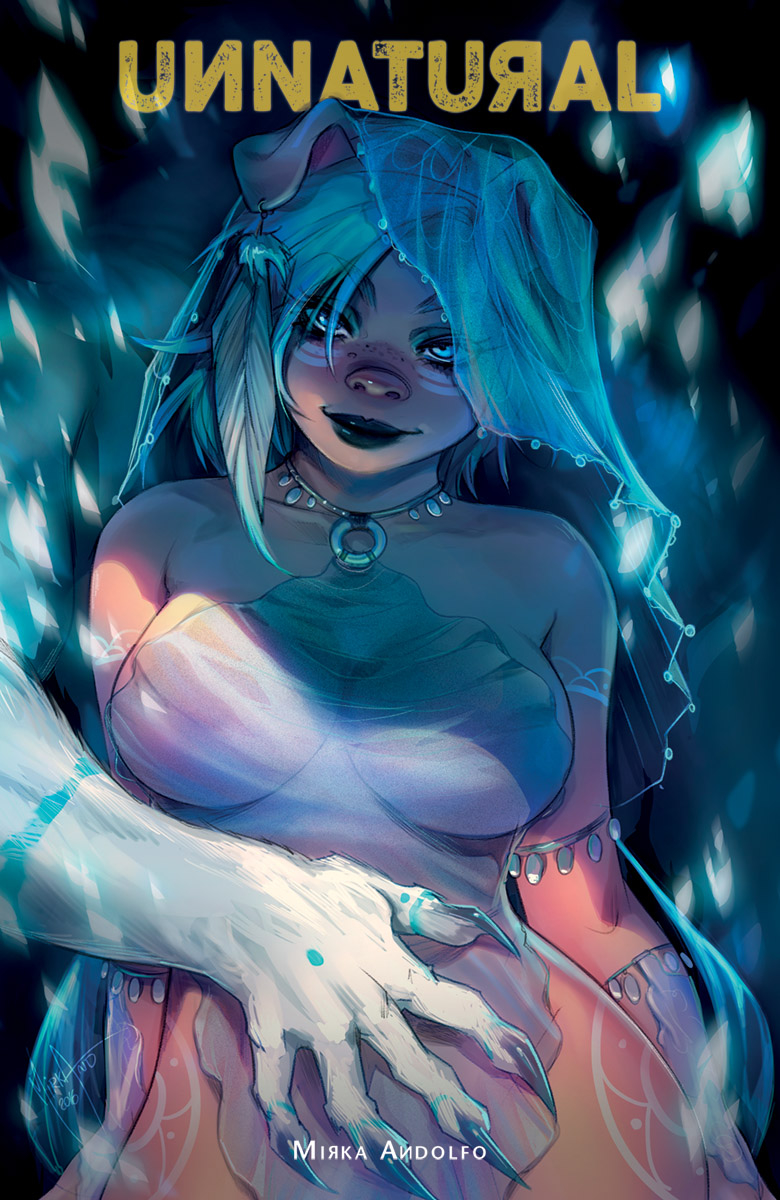REVIEW: House Amok #1 by Christopher Sebela, Shawn McManus, Lee Loughridge, & Aditya Bidikar
House Amok #1 is available Aug. 29, 2018.
By Zack Quaintance — Simply put, writer Christopher Sebela is on fire, rolling out some of the most compelling creator-owned books in all of comics with a nigh-unparalleled range of themes, concepts, and genres. His summer started with the historic high seas/frontier revenge story Shanghai Red, continued with the satirical late-model-capitalist nightmare Crowded, and culminates now with the morbid reality-bending familial murder story, House Amok.
House Amok pulls the difficult double duty of orienting the reader with traces of recognizable tropes while mercilessly pushing into original circumstances as its story demands. Our leads are the Sandifers, a dysfunctional family the exact likes of which I’ve never seen, not in any medium, made unique not by the macabre violence they’re perpetrating—horrifying as it is, it has been done—but rather their justifications. That’s what makes this story so urgent and vital. Not only do the Sandifer parents utterly believe in some contorted and bloody logic, they’ve made it a matter of survival for themselves, their oldest son, and their younger fraternal twin girls, our protagonists.
It’s this decision that makes House Amok so compelling on essentially two separate fronts: first as a story of depravity and survival, and second as a tale of precocious innocents trying to parse the truth of their parents' dysfunctions. While there is little universality in the horror elements within House Amok, it’s this feeling of having to forge a world view from within the imperfect lens provided by one's parents that most (if not all) readers will relate to, hard. I could even see the story broadening into a look at shared delirium among certain segments of society. I’m certainly looking forward to seeing where Sebela and team take this narrative potential.
From a craft perspective, House Amok is impeccable, as have been all the books from IDW's Black Crown imprint. Shawn McManus is a confident and veteran artist, and it shows in his linework, which conveys deep terrors from within a mundane childhood framework, and Lee Loughridge contributes much with a standout set of muted palettes and fitting color tones.
House Amok’s greatest strength, however, is the voice of its narration, which guides readers through the madcap reality-skewing imagery of this story with an orienting calm, poetic and assuring in a way that made my brain tingle. The twist at House Amok’s end is fittingly subdued, yet the unexpected nature of it is such that it ranks as one of the most chilling cliffhangers I’ve read in a #1 issue all year. Closing though: Egad, did I love this comic.
Overall — House Amok is a comic so rich and immersive that its ending will ambush you, leaving you demanding the second issue. It’s a childhood horror story that raises questions about fears, realities, innocence, and shared delusions. It is, quite simply, yet another must-read title from IDW’s Black Crown. 9.5/10
For more comic book reviews, check out our review archives.
Zack Quaintance is a journalist who also writes fiction and makes comics. Find him on Twitter at @zackquaintance. He lives in Sacramento, California.






